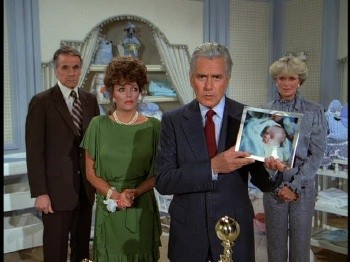 As Joseph explained in his last post, in his On the Trinity, Richard of St. Victor asserts the superiority of “shared love” (Latin: condilectus). He holds that it is superior to other loves in value and in the pleasure it involves. He’s imagining something like my chart on the left.
As Joseph explained in his last post, in his On the Trinity, Richard of St. Victor asserts the superiority of “shared love” (Latin: condilectus). He holds that it is superior to other loves in value and in the pleasure it involves. He’s imagining something like my chart on the left.
Look at the bottom case, and how the love arrows combine; this seems to be what Richard is imagining (see the quote in the last post). I don’t think it’s coherent, really – affections, or individual love-acts can’t literally fuse. Nor do I understand any non-literal way they can be said to “fuse”.
Still, I’m inclined to agree with Joseph and with Richard Swinburne that there is a unique value in lovers cooperating to love a third party. This is something we recognize, I think, in Mom and Dad’s love for junior, or even in “best friends” graciously including an excluded girl within their circle.
Further, I think Richard of St. Victor is right that there is a relational harmony and cooperation in such cases, and a unique sort of pleasure all around.
Whether this value would provide a perfect person with a compelling reason to create mysteriously originate at least two other divine persons is a further matter.
In chapter 20, Richard makes clear that my chart here is too simple – there should be aRead More »Richard of St. Victor’s De Trinitate, Ch. 20 (Dale)






















